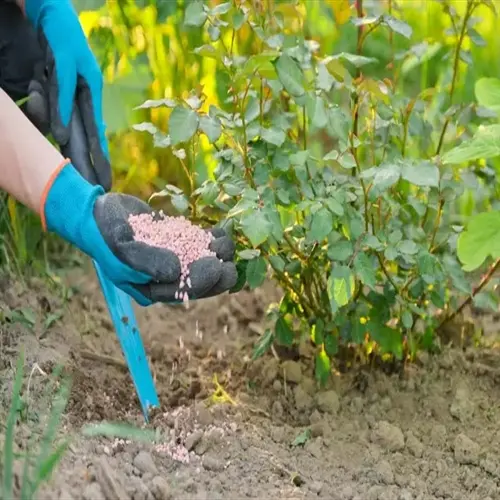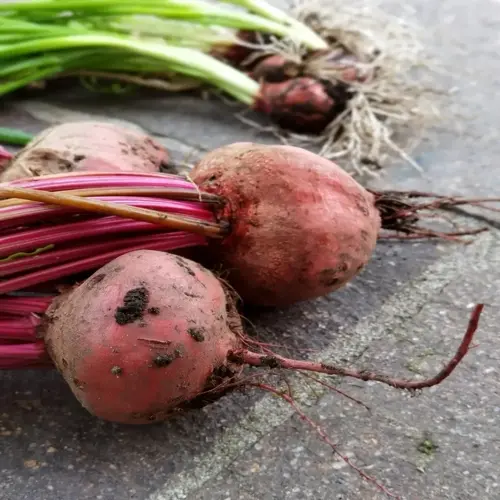Why are my cabbage heads small and loose?

Written by
Liu Xiaohui
Reviewed by
Prof. Samuel Fitzgerald, Ph.D.Gardeners seeking harvests of concentrated, dense cabbage heads can be disappointed by the sight of small, loose cabbage heads. Spacing, light, and nutrition problems can all keep heads from forming properly. Determining the cause of these issues early will allow you to address the main cause of growth problems sooner and enjoy the tasty heads of cabbage you were hoping for.
Spacing Correction
- Transplant seedlings to 12-24 inch spacing
- Remove competing weeds regularly
- Thin crowded plants immediately
Sunlight Optimization
- Ensure 6+ hours direct sunlight daily
- Prune overshadowing plants or structures
- Rotate containers for even exposure
Nutrient Balancing
- Test soil pH annually (target 6.0-7.0)
- Apply balanced fertilizer at planting
- Switch to low-nitrogen feed during head formation
You should address spacing issues immediately. Cabbage roots will fiercely compete with one another for available nutrients and water. Check the distance between plants weekly. If it looks too crowded, transplant the extras to another bed. Use a grid planting template to space properly next year.
Maximize sunlight profoundly. Observe how the shade changes throughout the day. Prune back any plants that block light in your way. Move containers to positions facing south. Reflective mulch increases the effective light intensity by 20% for plants in the shade.
Be cautious about balancing nutrients. High nitrogen will promote leaf growth instead of tight heads. Apply a phosphorus fertilizer once heads begin to form. Soil tests should be used before adding these nutrients. Compost will provide slow-release nutrition, minimizing the risk of oversaturated nitrogen levels.
Proper soil pH affects the availability of nutrients. The test kits will give you a specific level to adjust. If your soil is acidic (below 6.0), you may need to add lime. If your soil is alkaline (above 7.0), incorporate sulfur to lower the pH to acidic levels. Wait four weeks and retest.
Choose varieties suited to your conditions. 'Stonehead' forms compact heads in imperfect conditions. 'Savoy King' tolerates variable sunlight; match varieties to your garden's specific challenges for reliable results.
Read the full article: 5 Signs When to Harvest Cabbage

